Research & Innovation
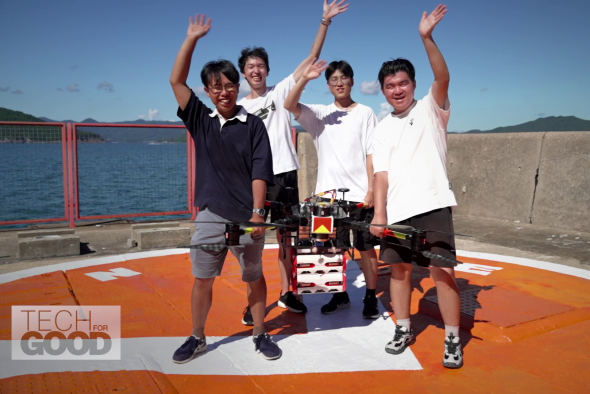
Providing Life-Saving Solution in Emergency Situations
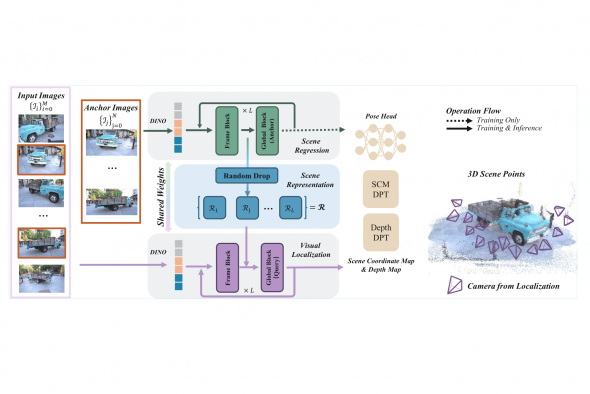
Enhancing Scene Regression and Localization
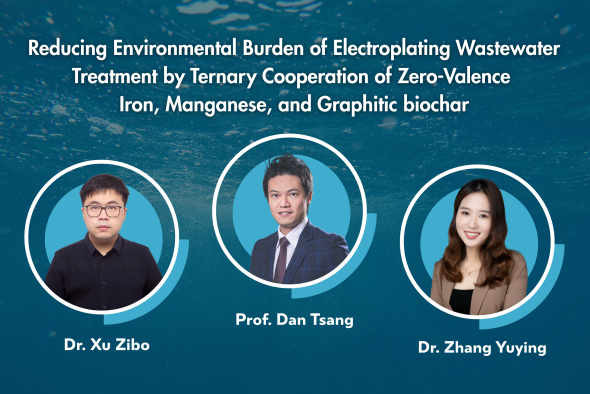
Engineered Biochar as a Sustainable Solution
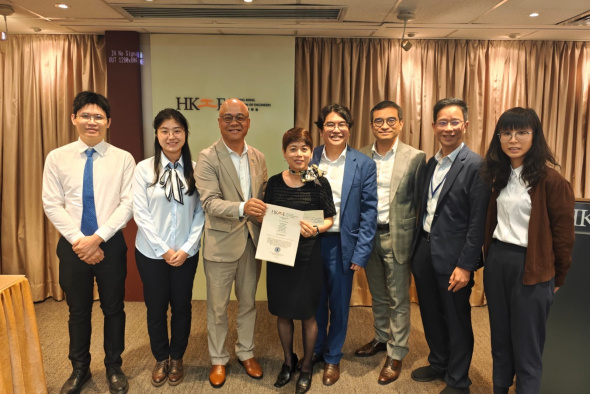
Real-World Impact on Sustainable Raw Water Treatment Technology
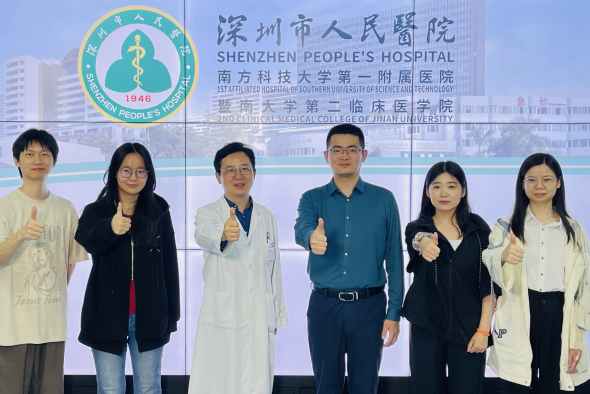
Revolutionizing Breast Cancer Diagnosis
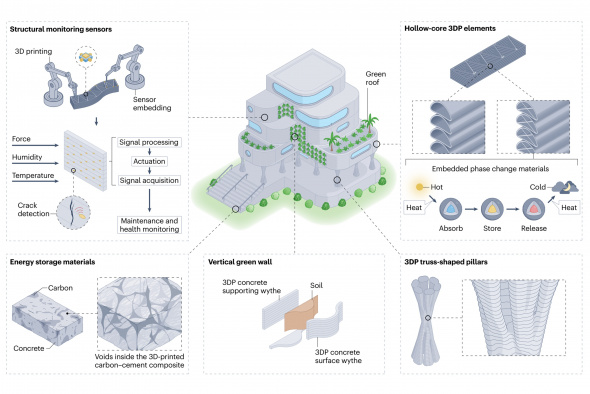
Groundbreaking Advances in 3D Printing and Biochar Innovations

Transforming Biomass into High-Value Chemicals with Enhanced Efficiency and Sustainability

Unveiling Thermal Transport Mechanisms in Superionic Crystals
Transforming Smartphones into Medical-Grade Vital Sign Monitors

Introducing an Innovative Method for Fabricating Omniphobic Membranes
